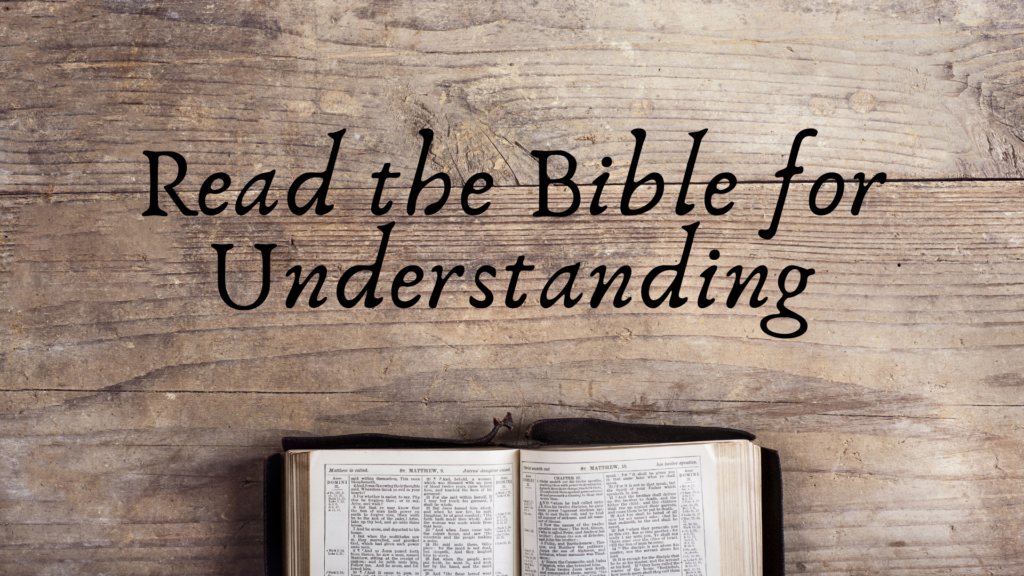The Bible is a complex book full of meaning for your life. God gave us the Bible to reveal His own nature and purpose to us, and how we can relate to Him. He has expressed His deep love for us through the pages of the book, and with through the chapters and verses He shows us how we can be near to Him forever.
The Bible was written over a period of 1500 years by 40 different authors by the inspiration of the Holy Spirit. Even with such diversity and span of time, the Bible is amazingly coherent and consistent. The narrative of Scripture explains the origins, purpose, hope, and future of life.
But how can we dig through the history and past cultures to understand its value for us today? You may have picked up your Bible to read only to get stuck in genealogies and legal codes. Here are a few tools to help. In this study we will explore how the Bible tells a consistent story of relationship for God’s people from beginning to end. Use these tools to help you read it and understand it.
READ – Steps for Study
- Read the passage carefully to understand the plain idea.
As you read note key words, key phrases, characters, and plot. - Explain the passage. After reading the passage answer some of these questions. If you do not understand something, pray about it. Ask other believers for help too.
- What is the context of the passage?
The STOP acronym is helpful to understand the context. Context is simply understanding the meaning of the passage to its original audience and its place in the text. - Who do you meet in the passage? What are they like?
- What happens in the passage? (You can look for 5 observations in the passage by asking: What? When? Where? Who? How?)
- What do you learn about God in the passage?
- What do you learn about people in the passage?
- What is the context of the passage?
- Apply the passage to your life for obedience.
- What does the passage demand of you?
The PACES acronym is helpful for application. - How does the passage change the way you relate to others?
- How does the passage prompt you to pray?
- What does the passage demand of you?
- Do what it says. You have spent time with the passage. Pray for God’s strength and wisdom to live it out. Consider something specific you can do in response to the passage this week. Who can you share it with?
STOP Tool for Contexts – Context is simply understanding the meaning of the passage to its original audience and its place in the text.
- Situation? – What is the historical situation? What do you need to know about people and events in the story? What is the larger context?
- Type? – What is the type of literature? Is its historical narrative? Poetry? Prophecy? Law? Wisdom? Epistle? What literary devices are being used: Hyperbole? Parable? Metaphor? Apocalyptic Imagery?
- Object? – Who is the object of the text? Everyone? Specific people? Ancient Israel? Is it the Old Covenant or New Covenant?
- Prescription? – Is this passage prescriptive for us today or merely descriptive of an historical event?
PACES Tool for Application – It is important as we read the Bible to ask how it makes a difference in our lives now. These questions below can help you think through the applications today.
Does the passage give a(n)…?
Promise to Keep?
Attitude to change?
Command to follow?
Example to set?
Sin to confess?
Helpful Resources for Bible Study
I always have these three resources near me when I study.
Treasury Knowledge of Scripture – this is a cross reference tool helping you connect to other verses in the Bible related to your passage. (Available on www.biblestudytools.com)
Bible Dictionary – helps you know the meaning of words, places, and people. (Available on www.biblestudytools.com)
Bible Commentary – a good study Bible and/or commentary helps put things together. A commentary is simply another scholar’s view on what the passage means. I recommend The Wiersbe Bible Commentary for its ease and simplicity.

